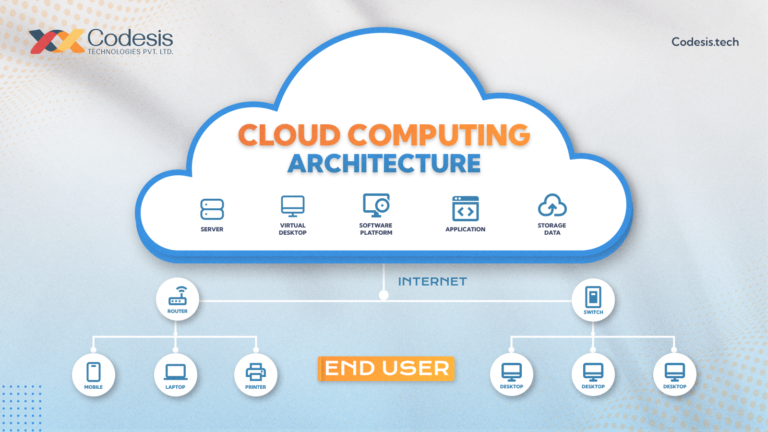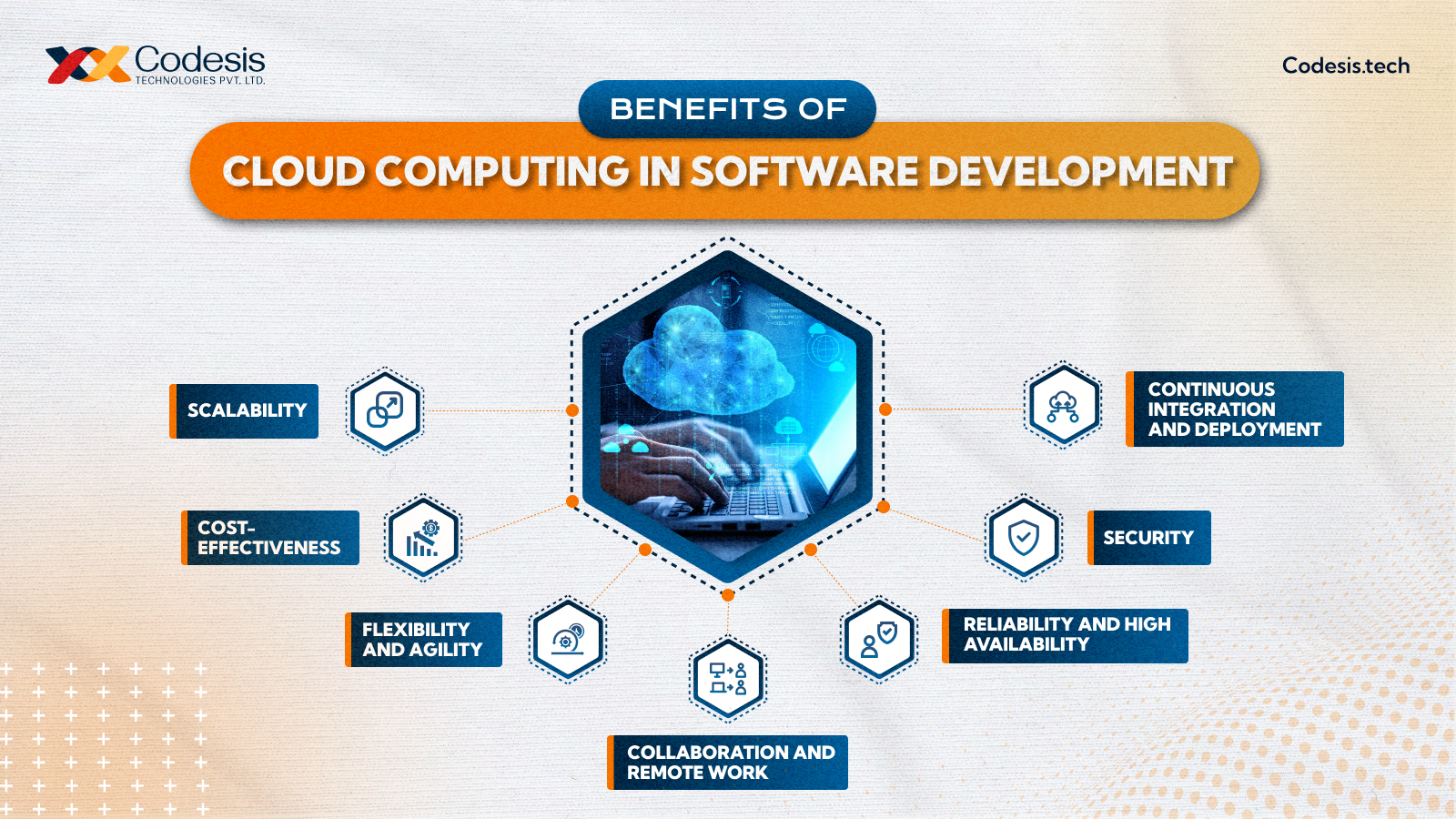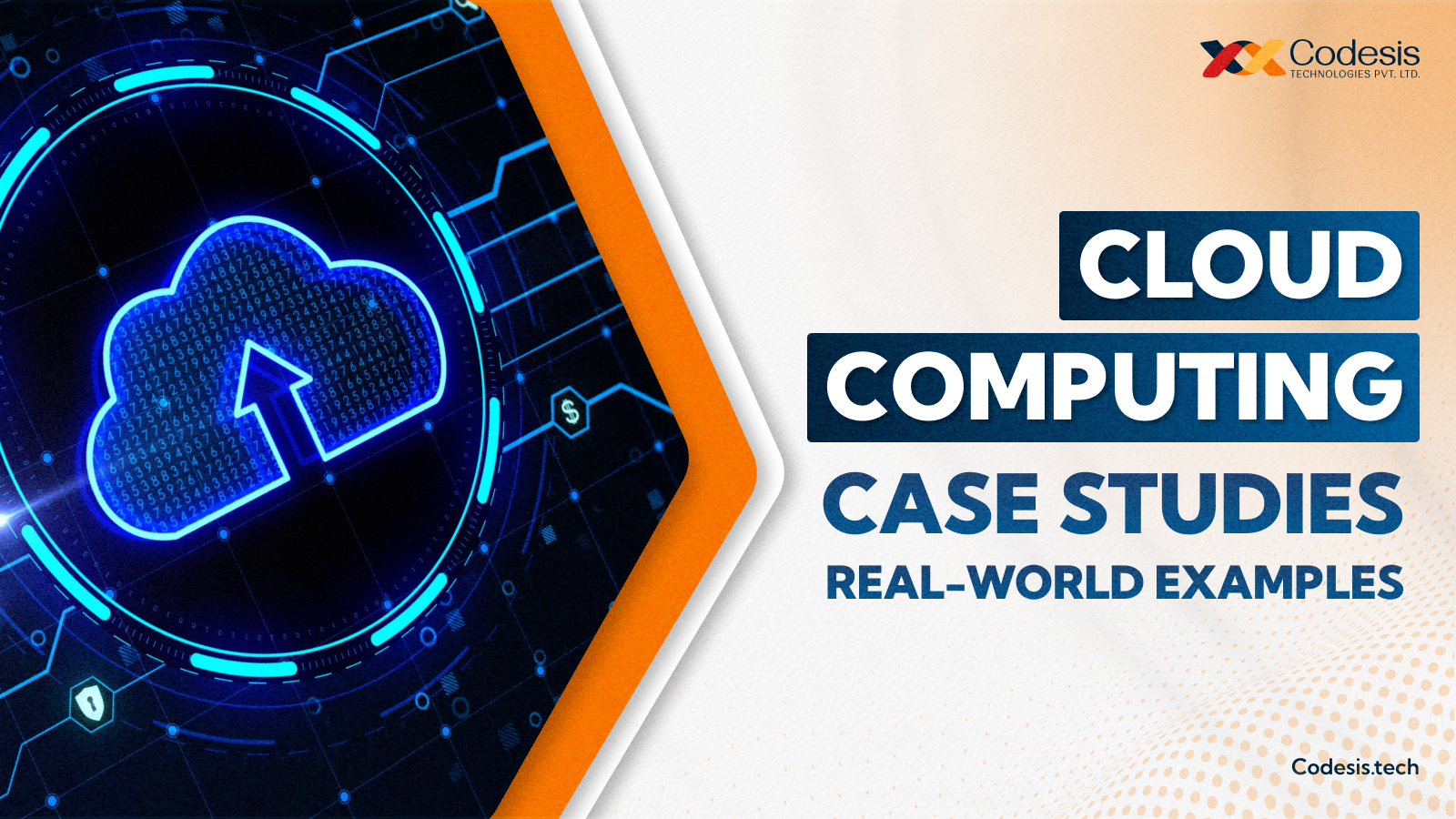The Ultimate AI Skills Every Developer Needs in 2024 Scroll...
Read MoreFrom basic mobile applications to sophisticated enterprise systems, cloud computing is a crucial component of modern software development. Cloud computing has made it possible for developers to create and implement software more quickly and effectively than in the past.
The use of cloud computing in software development and its revolutionary impact on the field will be discussed in this article. We’ll explore cloud computing’s different types, its applications across software development lifecycles, and its advantages and disadvantages.
Table of Contents
Providers of servers, storage, databases, networking, software, analytics, and other computing services are referred to as cloud computing providers. Companies can use on-demand cloud service provider resources to access actual servers and infrastructure instead of owning and managing them. This makes it possible to be more cost-effective, flexible, and scalable. Additionally, instead of spending time and resources to maintain IT infrastructure, it allows software development companies to concentrate on their main areas of expertise.
The use of cloud computing in software development and its revolutionary impact on the field will be discussed in this article. We’ll explore It’s different types, its applications across software development lifecycles, and its advantages and disadvantages.


A model for providing easy, on-demand network access to a shared pool of programmable computer resources is called cloud computing. These resources require little administration work or communication between the service provider and customer to quickly supply and discharge.

There are three main types of cloud computing: public, private, and hybrid. Each type has its own set of advantages and is suitable for different kinds of applications and business needs.
The explanation of these clouds are as follows:
A hybrid cloud is a combination of public and private cloud services. This allows organizations to take advantage of the scalability and cost-effectiveness of public clouds while also maintaining control over sensitive data and applications in a private cloud. Hybrid clouds offer the best of both worlds, providing the flexibility and cost savings of public clouds with the security and control of private clouds. They are ideal for businesses that have a mix of sensitive and non-sensitive data and applications.
A public cloud is a type of cloud computing where services are offered to multiple clients over the Internet. These services are owned and operated by a third-party cloud service provider, such as Amazon Web Services (AWS), Microsoft Azure, or Google Cloud Platform. Public clouds are highly scalable and cost-effective, making them popular for small businesses and startups. They also offer a high level of reliability and can be deployed quickly, making them ideal for businesses that need to scale rapidly.
A private cloud is a type of cloud computing where services are offered exclusively to a single organization. This can be hosted on-premises or by a third-party provider. Private clouds offer more control and customization options, making them a popular choice for larger organizations with specific security and compliance requirements. They also provide a high level of performance and can be tailored to meet the specific needs of the organization, making them ideal for businesses with complex IT requirements.
The influence of cloud computing on software development is undeniable, reshaping the entire process, from initial concepts to the final deployment. It has revolutionized the way developers operate, facilitating quicker and more efficient software creation and delivery. In this discussion,
we’ll delve into the specific applications of cloud computing in various stages of the software development lifecycle.
In this initial phase, cloud computing tools like project management software, design, and prototyping tools, and communication platforms play a vital role. They enable teams to collaborate, track progress, create mockups, and communicate effectively, streamlining the planning process.
Development and Testing:
During this phase, developers use cloud-based development platforms and integrated development environments (IDEs) to collaborate and manage code repositories efficiently. Cloud-based IDEs provide coding, debugging, and testing capabilities, while testing tools facilitate the identification and resolution of bugs and issues.
Deployment and Maintenance:
After development and testing, cloud computing simplifies software deployment. Cloud-based deployment tools automate this process, eliminating the need for physical infrastructure. Monitoring and management tools in the cloud help developers keep track of application performance and manage resources to ensure efficient and smooth software operation.


While cloud computing offers many benefits, it also presents some challenges for software development teams. These include:

To further illustrate the benefits of cloud computing in software development, let’s explore a few real-world case studies.
These case studies emphasize how cloud computing empowers organizations, from tech giants like Netflix to institutions at the forefront of scientific exploration like NASA.
Cloud computing has become the engine behind modern software development, providing developers with the tools and resources they need to build and deploy software faster and more efficiently. From ideation to deployment, cloud computing plays a crucial role in the software development process, offering numerous benefits such as cost-effectiveness, scalability, and flexibility.
However, it also presents some challenges, such as security and vendor lock-in, that developers must be aware of and address. As the demand for software continues to grow, the use of cloud computing in software development will only continue to increase, making it an essential skill for developers to have in today’s digital landscape.
Get in touch with us at [email protected]
Please visit our other blogs by clicking here.
The Ultimate AI Skills Every Developer Needs in 2024 Scroll...
Read MoreBuilding An Online Cloud Kitchen: A Floor-To-Seal Guide 2024 Scroll...
Read More7 Game-Changing Benefits of Custom Software Development Scroll Down to...
Read MoreThe Ultimate Guide to Recruiting Full-Stack Developers for Your Web...
Read More